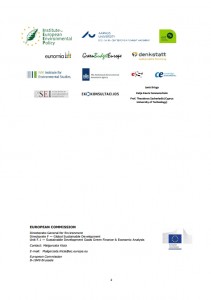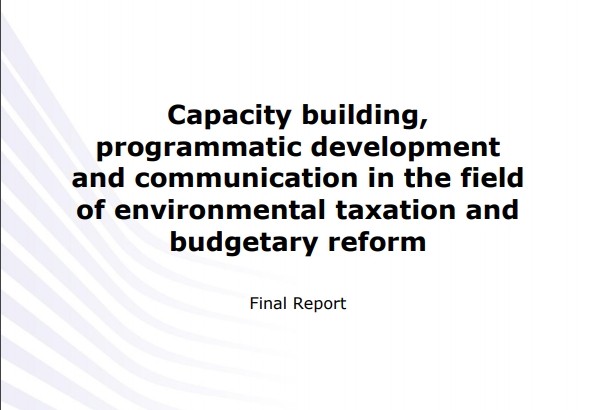 A newly published study for the European Commission by IEEP and partners investigates civil society’s role in improving the effectiveness of environmental taxes to reduce pollution and better manage natural resources.
A newly published study for the European Commission by IEEP and partners investigates civil society’s role in improving the effectiveness of environmental taxes to reduce pollution and better manage natural resources.
Through an analysis of 40 case studies on individual instruments, the study highlights the growing experience with the use of environmental taxes and charges across the EU in recent years, related to: air pollution; water stress; waste, resources and circular economy; water quality and marine litter; and biodiversity & land use.
It looks in particular at the roles that civil society organisations (including NGOs, think tanks and academia) can – and do – play in environmental tax reform. This ranges from the initial stages of problem identification and policy formulation, through decision-making and policy implementation, to monitoring and evaluation.
The study highlights several examples of civil engagement. Academics, scientists and NGOs provided inspiration for ecological fiscal transfers in Portugal and biodiversity offsetting schemes in Germany. Formal stakeholder consultations helped to ensure the acceptability and effectiveness of Swedish air pollution taxes, the Irish plastic bag levy and the Slovenian Forest Act. An executive committee of stakeholders is responsible for the implementation and enforcement of Dutch water pricing policy, and a consultation board of environmental NGOs assessed the effectiveness of the Latvian packaging tax.
The study also presents key design features that can contribute to the success of instruments, including: clearly defined environmental objectives; specific, well-targeted tax bases; the introduction of instruments as part of a wider reform package; visible environmental earmarking of revenues; and sound evaluation and subsequent revision of instruments.
The final report of the study, and a separate executive summary, can be downloaded below.
Also available for download is an inventory summarising key features of over 350 separate market-based instruments identified across the EU Member States.
The presentations from the final conference for the study, held in Brussels on 5 October 2017, together with a summary of discussions on the day, can be downloaded here.
Finally, the 40 case studies can be downloaded here.
- ETR and Civil Society Executive Summary November 2017 Final sent.pdf
- ETR and Civil Society Final Report 191217 FINAL.pdf
- ETR Instruments Inventory – for publication.xlsx
Galović savjetovanje is one of the contributors of this report.
